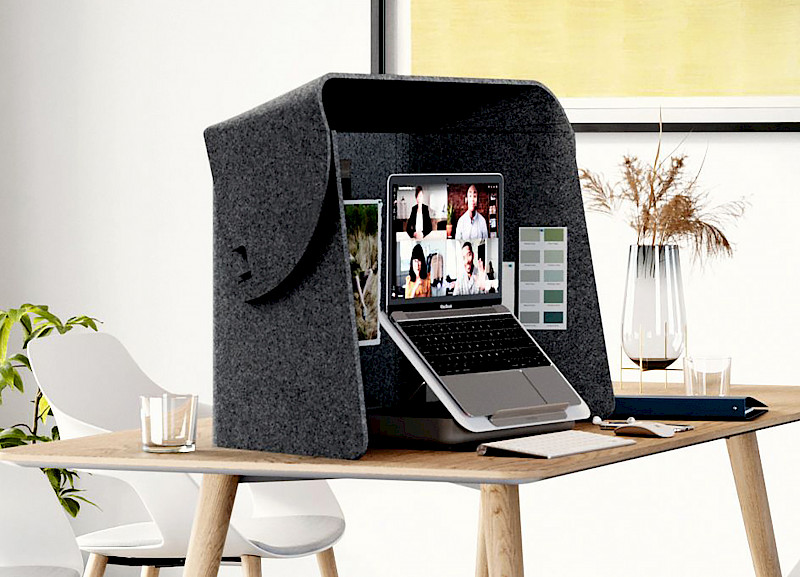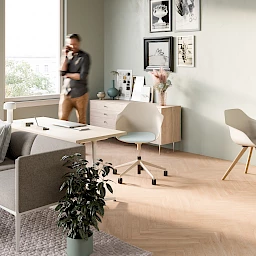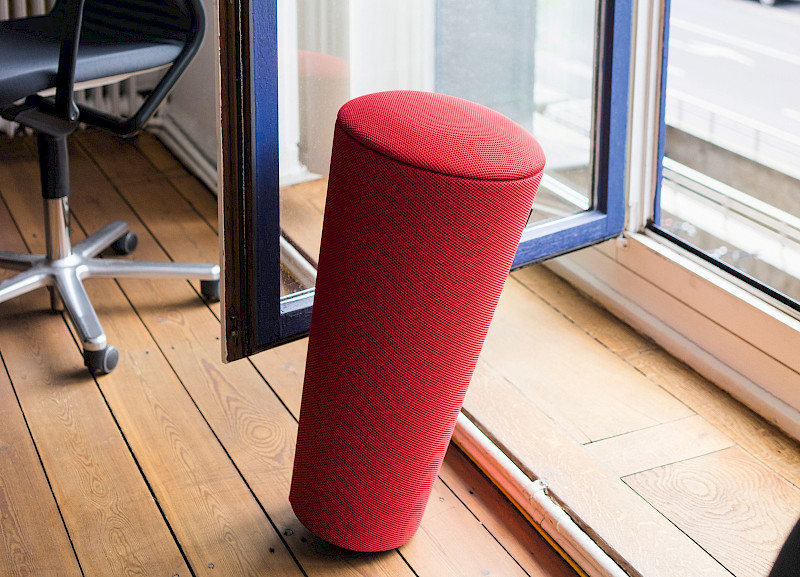We’re creatures of habit, mostly driven by intuitive behaviors and our innate desire not to burn calories (a euphemism for laziness perhaps). Routines, habits and social conventions play a role. But so does our basic instinct to conserve energy in the struggle for survival. Our metabolisms can’t cope with today’s reality that we merely have to lift our fingers to earn a crust. Add the vast choice and quantity of food on offer and you have an unhealthy mix. At the same time, the fast-paced nature of workflows, an always-on culture and media overload are increasing stress levels. Pleasant workplaces that incorporate movement, rules and social etiquette are missing for remote workers. They need to make a conscious effort to put these aspects in place.
1. Wear your work hat at home too
It’s useful to maintain the same routines as on an office day when we switch from chilling at home to working there. Getting up at the same time, putting on office clothes and taking a short walk are all practical hacks. This “commute” provides a welcome breath of fresh air and makes changing roles easier too. A successful architect and fan of working from home once said that his office was his suit.
2. Show you mean business
How will families know that dining- or kitchen-tables are suddenly doubling as workspaces? Or that a cell phone isn’t required for chats to friends and family, but to talk to customers? And that people are working on their laptops instead of just surfing the web? Which is why obvious indications that homes have become temporary offices are required.
One option could be a foldable screen placed on tables that facilitates concentration, ensures privacy, prevents glare and, if possible, muffles sound too. Then people could even work in their gardens. Particularly ingenious are models with forward tilt capability that are also used like a lectern to prompt a healthy change of posture. Once the job’s done, the screen can be folded up, stowed away in a bag and hung up on a coat rack.
3. Adopt a media-usage and working hours policy
In-office workers know instinctively when they can talk to colleagues. Lots of issues can be dealt with quickly and informally. But people working from home need to plan when and how they talk to others. Which is why it’s important to agree on communications channels and contact hours. When do you get in touch via e‑mails, chats, video conferences, phone calls or text messages? Remote workers with specified contact times make life more structured and relaxing for themselves and the people they live with.
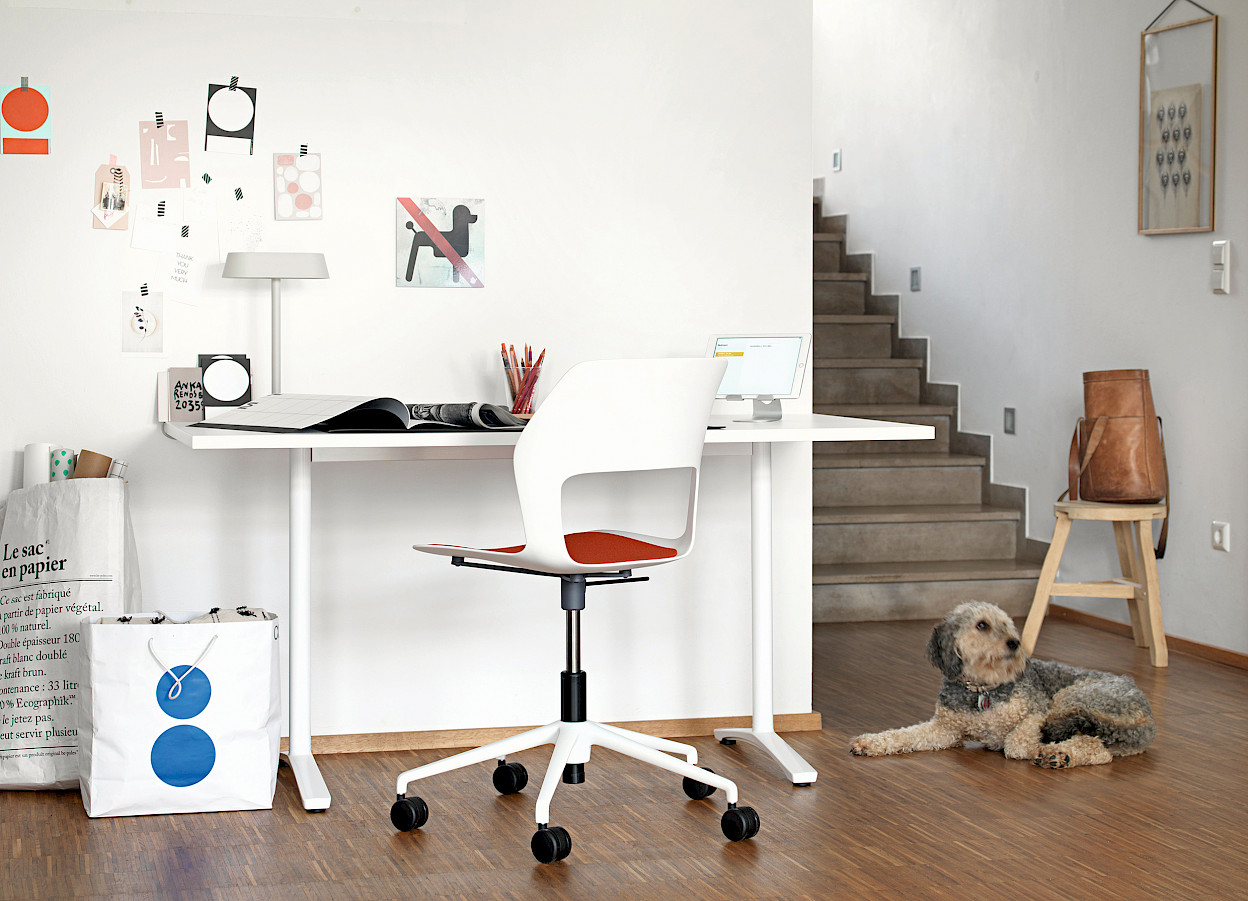
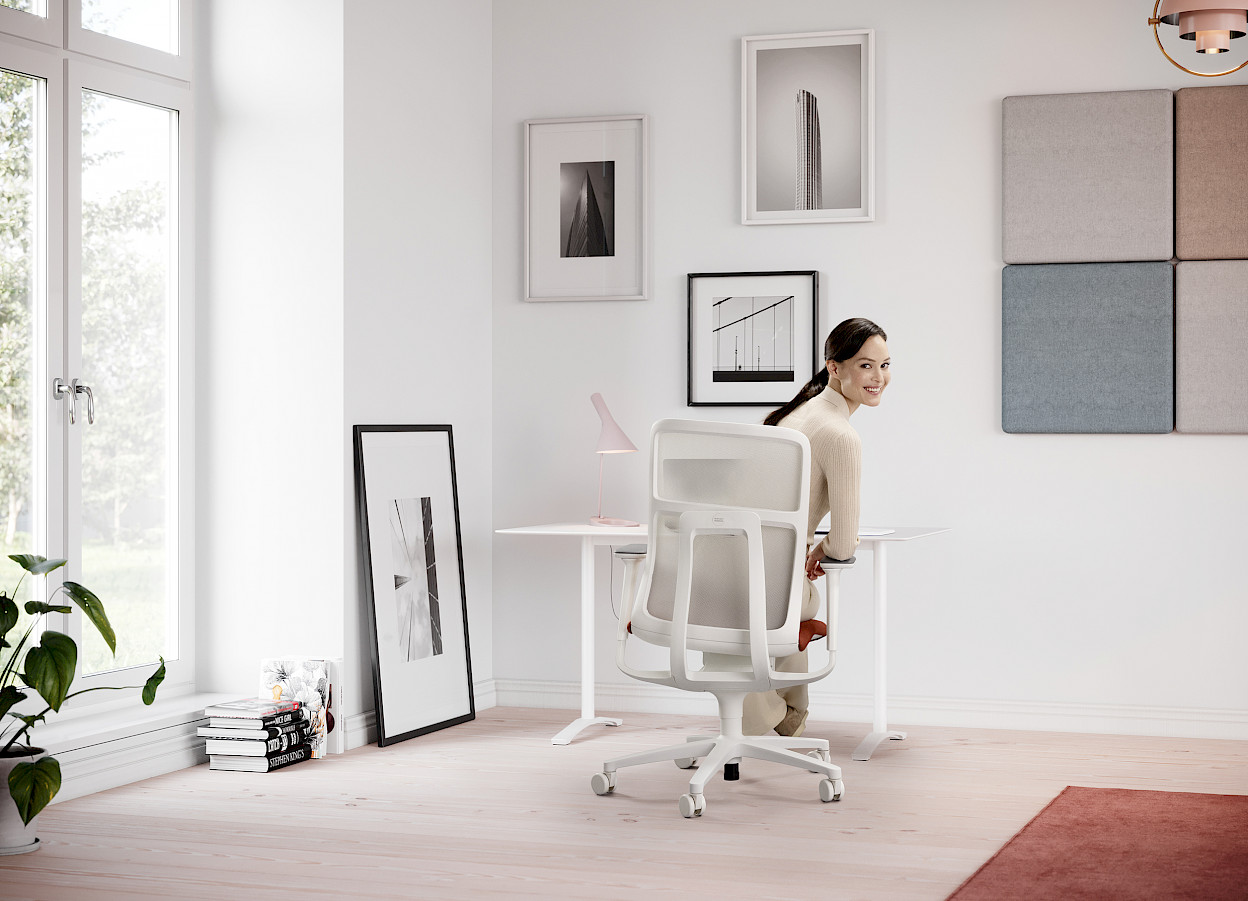
4. Start moving while sitting
Moving enough is difficult, even in offices. But at home, extra stimulation to move while sitting is important. After all, distances to the kitchen and bathroom are short and movement’s confined to handling a mouse and typing on a keyboard. In the long run, a good dynamic office chair is a must. In the case of three-dimensional movable office chairs, the tiniest shifts in weight are automatically enough to keep our metabolisms active and therefore body and mind fit.
5. Take proper breaks
Taking proper breaks is just as crucial as specifying working hours. Because as we don’t need to change rooms for meetings or take a break with other people, we can easily spend hours stuck in front of our computers in home offices. Research shows that body and mind can only recuperate if hard work is interspersed by periods of relaxation too. Our brains need to switch off sometimes and our bodies need to be stimulated to move. This is where taking a walk outdoors can work wonders. And if that’s not possible, a stool that boosts movement, allows you to move your hips and be creative, can also do the job. It’s a fun object and fits into any corner, however small.



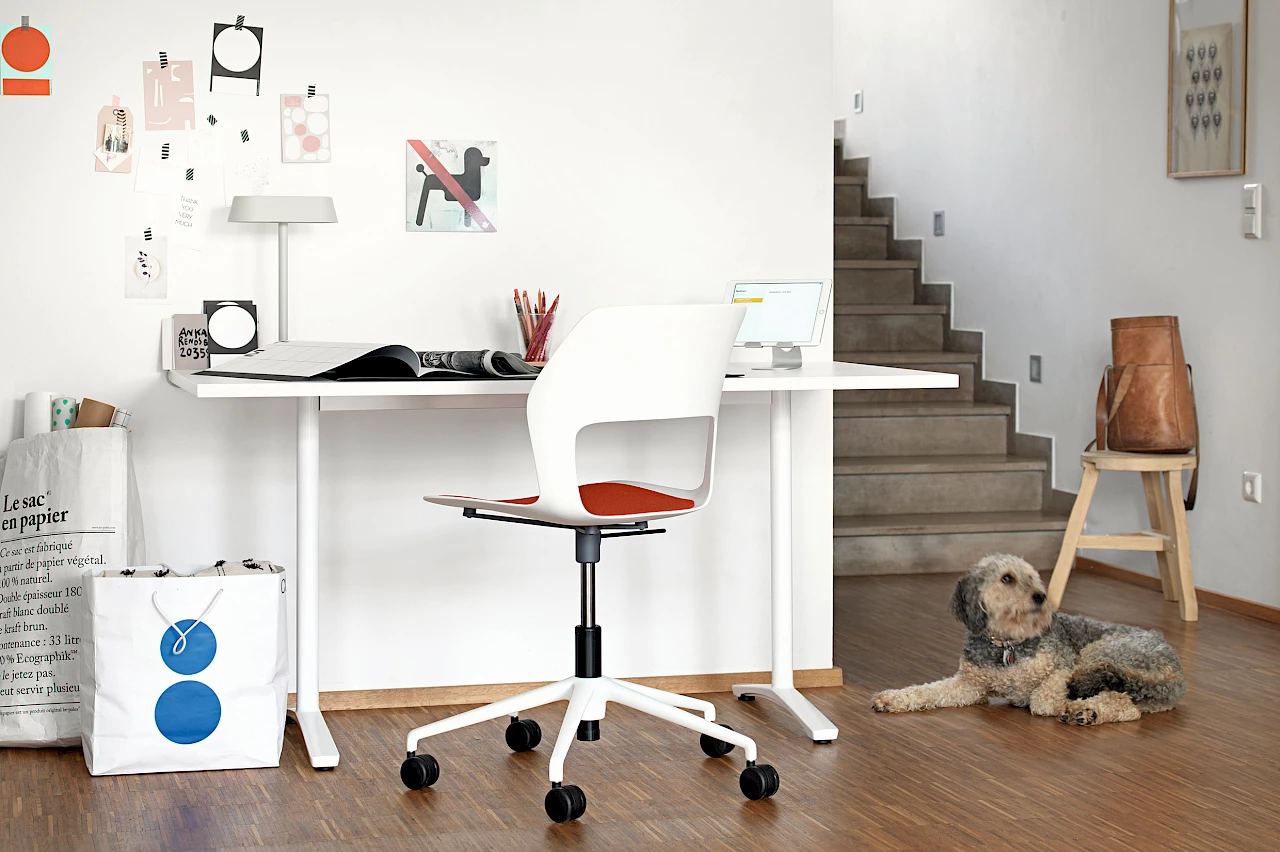
 Burkhard Remmers
Burkhard Remmers 
